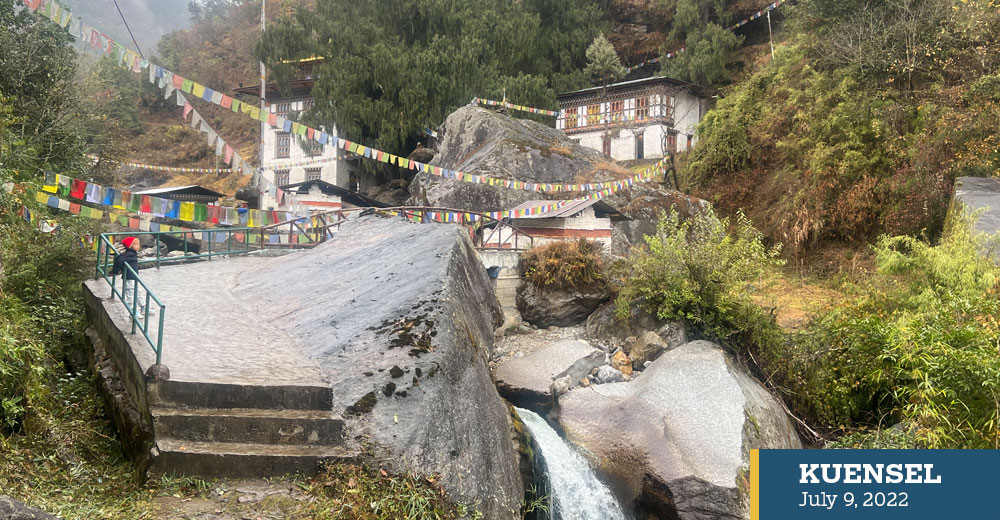The land of heavenly birds, roaming lakes and hidden paradise
Have you heard stories of heavenly birds, wandering lakes and hidden paradise? Trashiyangtse valley is thriving in such stories, spiritual allures and a flourishing wildlife. Already popular among the domestic tourists for spiritual pilgrimage, Trashiyangtse also has a huge potential for ecotourism with its vibrant community and rich biodiversity. The district is a winter-home to the endangered Black-necked Cranes and also, known for Bhutan’s national butterfly among the lepidopterists.
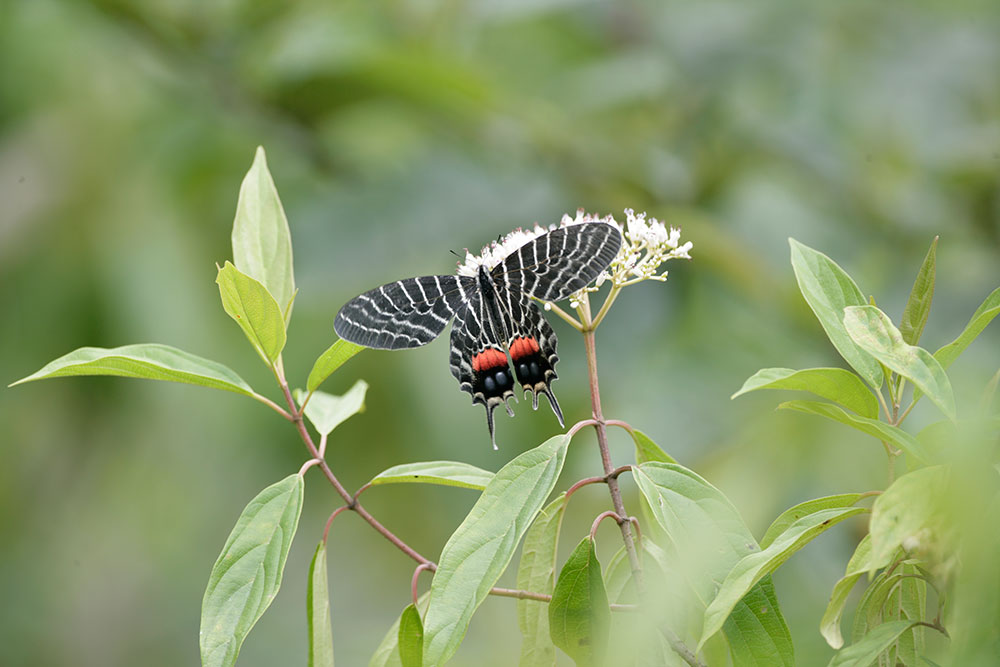
Black-necked Cranes and Ludlow’s Bhutan Glory
Hundreds of Black-necked Cranes come to Bhutan in winter months due to availability of wetlands that serve as their habitat in a few other districts including Trashiyangtse.
In Trashiyangtse, the Boomdeling Ramsar site serves as the winter roosting ground for the Black-necked Cranes that forage in the paddy fields between Zhapang to the north and Chorten Kora to the south. Black-necked Cranes are revered in Bhutan as “Heavenly Bird”. To locals, their arrival signifies good luck and good harvest. Scientifically, the presence of Black-necked Cranes indicates healthy agricultural land and its surrounding ecosystems including wetlands, ponds and water bodies.
Bhutan’s national butterfly, Ludlow’s Bhutan Glory (Bhutanitis ludlowi), is found in certain places in Trashiyangtse. It flies mainly in the month of August. Ludlow’s Bhutan Glory was rediscovered in 2009, 75 years after the only two known specimens were collected in the same area.
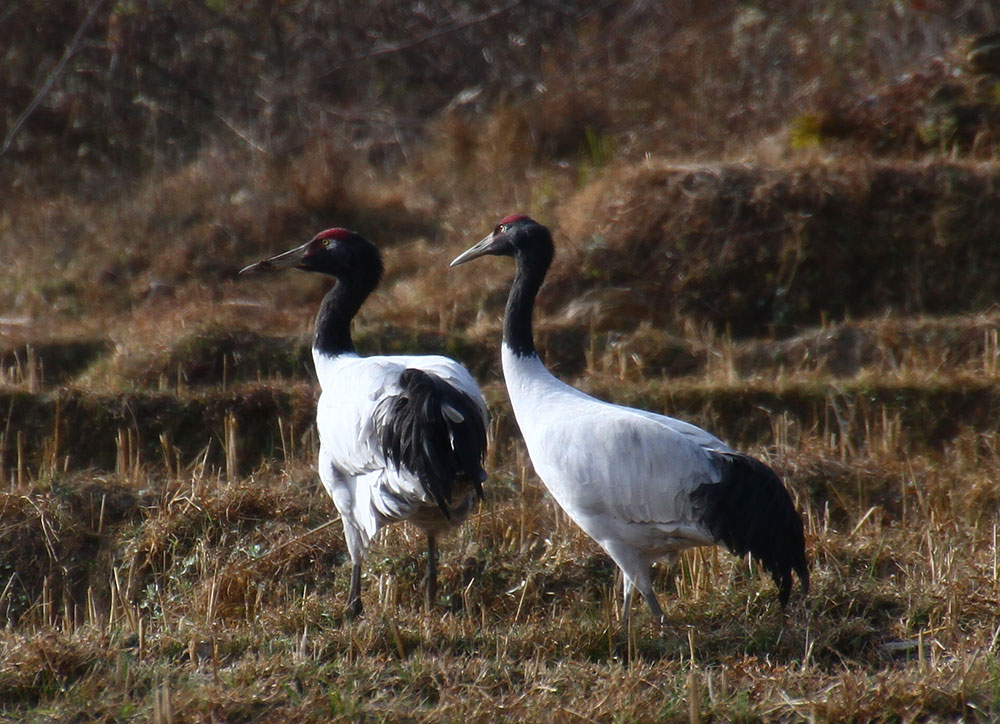
Boomdeling Wildlife Sanctuary (BWS)
Apart from hosting the black-necked crane in winter BWS is also home to Ludlow’s Bhutan Glory. The park has rich biodiversity, including snow leopards in the north and probably still visiting tigers in the south and red pandas at several places. Other wildlife, such as barking deer, sambar, capped langurs and Assamese macaques are much more common. The surrounding area is also said to be a good place for winter visiting birds including ibisbills, bar-headed geese and ducks.
Boomdeling Ramsar site
In 2012, the Boomdeling floodplain area was declared a Ramsar site, a wetland of international importance, one of the first two in Bhutan. It includes the winter roosting area of Black-necked Cranes and hosts many other birds. Since 1994, large areas of paddy fields in the area have been washed away or were covered under thick layers of sand by flash floods of the Kholong Chu or debris flows of the Nakpola Chu. The floodplain was created due to a huge debris flow that formed the Dungzam constriction. According to the local legend linked to the event, a local deity created a huge landslide as revenge for the villagers killing its son and daughter who had transformed themselves into snakes to attend a local celebration.
Trashiyangtse has flourishing ecosystem, picturesque villages and a vibrant rural community, rich in such folklores of giants, roaming lakes and the most popular legend of a dakini girl from Tawang.
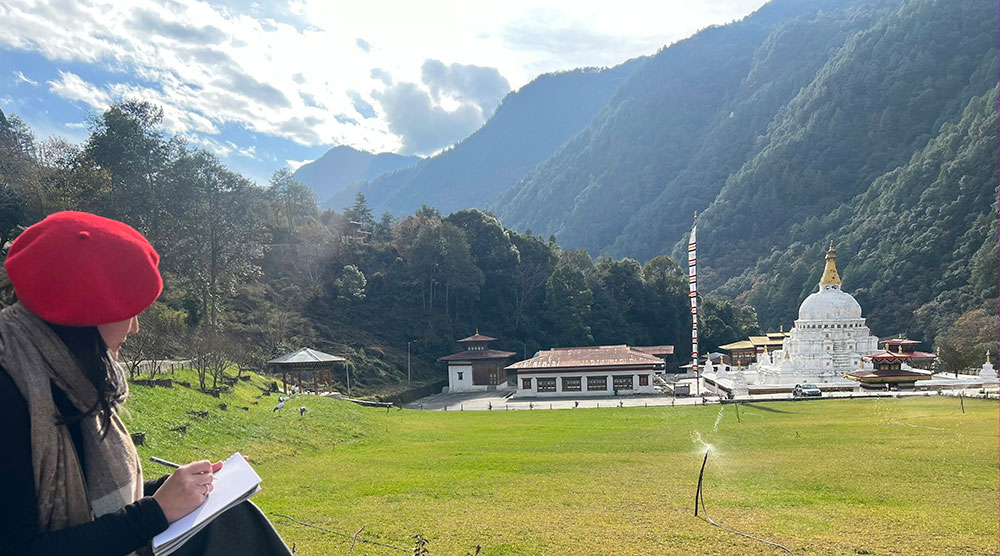
Chorten Kora Stupa
The revered stupa of Chorten Kora was built in 1740, over a period of 12 years, by Lama Ngawang Loday. It is said, the chorten was modelled after Boudhanath stupa in Nepal, which the lama carved out of a radish. Differences between the Chorten Kora and Boudhanath stupas were due to the distortion of the model as it shrunk on the return journey of the lama to Bhutan. Locals believe that a Dakini girl was sealed alive of her own free will in the chorten as an offering from the Dakpa people of Tawang, Arunachal Pradesh, India. Before the pandemic, the Dakpas would come for circumambulation on the 15th day of the 1st month every year to pay their homage and offer prayers. Bhutanese celebrate their Kora on the 30th of the 1st Bhutanese month.
Beyul or the hidden Paradise
Over 10 kilometers’ drive away, north of Yangtse town and about 30 minutes hike from Womanang Village, you will find a hidden lhakhang “Dechen Phodrang” deep down in the gorge between the rivers. Locals believe it is a Beyul (Tibetan/Dzongkha: སྦས་ཡུལ) meaning ‘hidden valleys’ which was blessed by Guru Padmasambhava in the 8th century and worship such spiritual sites as a paradise. Dechen Phodrang is a popular destination among the locals and domestic tourists from other districts of Bhutan.
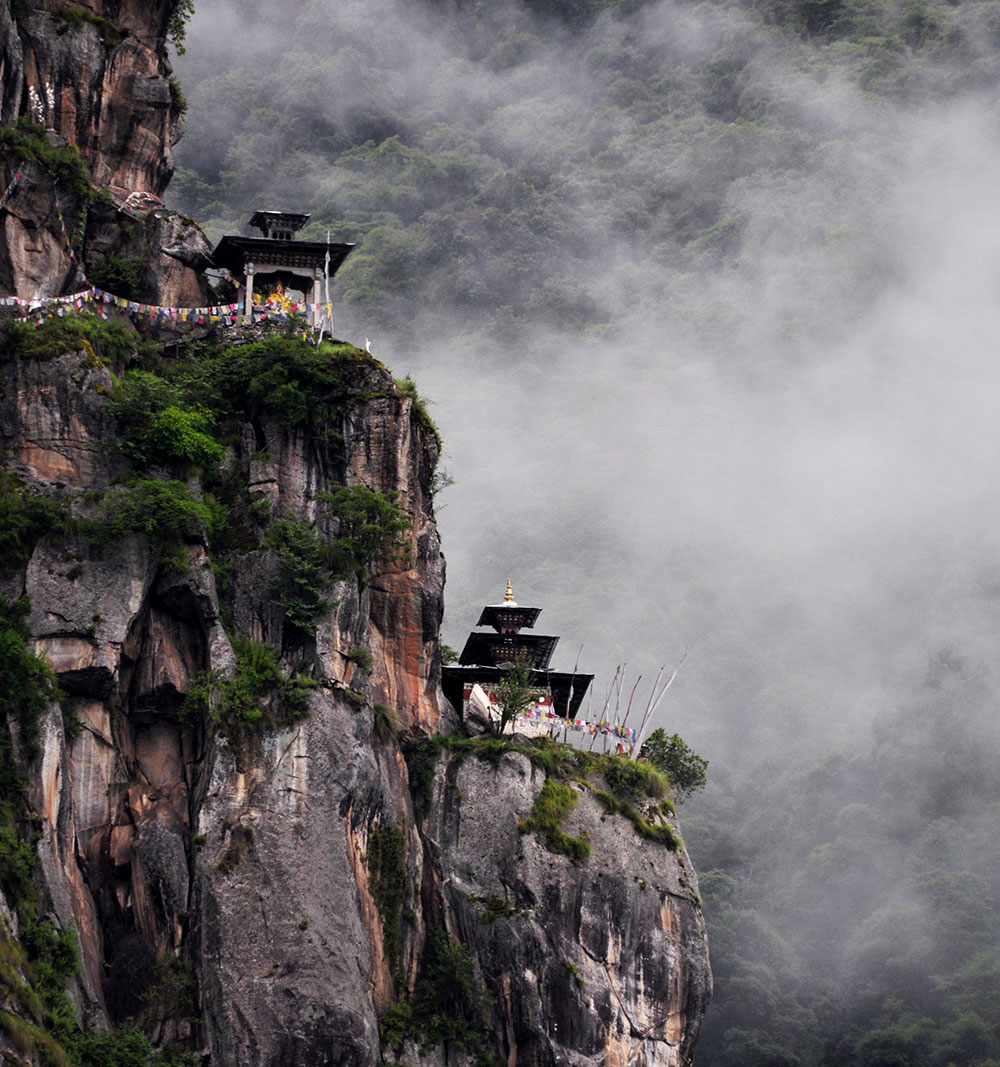
Taktshang of the east
Popularly known as the taktshang of the east, Omba Lhakhang is also built on a cliff and is located within the holy pilgrim site of Omba Ney, where the letter OM can be seen on the rock face. It is one of three unique holy places linked to Guru Rimpoche, the others being Aja and Hungrel where the letters AH and HUM can be seen.
Trashiyangtse is also popular for a special local chilli Urka Bangla and also for exclusive local cuisine from Ramjar gewog. The far-flung district has a lot to offer to a spirited traveler, nature lover and spiritual seeker– therefore, a one-page story doesn’t justify the beauty and mysteries surrounding the beautiful valleys of Trashiyangtse.
Sonam Dema is currently working as the communications
(advocacy and behavior change) officer for GEF7
Ecotourism Project. Sonam is a former television anchor/producer for Bhutan Broadcasting Service and has a master’s degree in Diplomacy and International Studies. Sonam is also a freelance travel writer, passionate
about writing, story-telling and photography.

This series is sponsored by Ecotourism Project “Mainstreaming Biodiversity Conservation into the Tourism Sector in Bhutan” funded by GEF-UNDP through the Tourism Council of Bhutan, RGoB.


